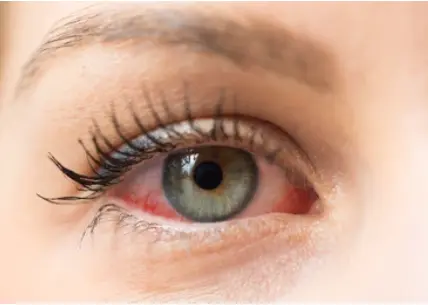 Welcome
Welcome
“May all be happy, may all be healed, may all be at peace and may no one ever suffer."
Legionnaires disease - Generics
Legionnaires' disease is a type of severe pneumonia caused by the Legionella bacteria. It is named after the first known outbreak, which occurred in 1976 among attendees of an American Legion convention in Philadelphia. Legionella bacteria are commonly found in natural water sources, such as lakes and rivers, but can also thrive in man-made water systems such as air conditioning systems, hot tubs, and plumbing systems.
Legionnaires' disease is typically spread through inhaling small droplets of water contaminated with the bacteria. It is not spread from person to person.
Symptoms of Legionnaires' disease can include fever, chills, cough, shortness of breath, muscle aches, headaches, and gastrointestinal symptoms such as nausea, vomiting, and diarrhea. The disease can be severe and lead to complications such as respiratory failure, kidney failure, or septic shock.
Diagnosis of Legionnaires' disease involves laboratory tests to detect the presence of the Legionella bacteria in respiratory secretions, blood, or urine.
Treatment for Legionnaires' disease typically involves the use of antibiotics, such as levofloxacin, azithromycin, or doxycycline, to kill the bacteria causing the infection. In severe cases, hospitalization may be required to provide supportive care such as oxygen therapy or mechanical ventilation.
Prevention of Legionnaires' disease involves proper maintenance and disinfection of water systems, particularly in buildings such as hospitals, hotels, and nursing homes where individuals may be at higher risk of exposure. This may include regular cleaning and disinfection of water tanks, cooling towers, and hot tubs, as well as monitoring and maintaining appropriate levels of disinfectants such as chlorine in water systems.

Pulmonary edema

Bites

Optic neuritis

Dermatophytosis

Vestibular neuritis

Minor burns

Severe dementia in Alzhei...

Haematuria
Legionnaires disease, লেজিওনায়ারের রোগ
To be happy, beautiful, healthy, wealthy, hale and long-lived stay with DM3S.